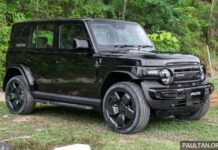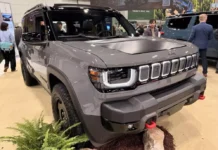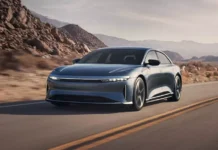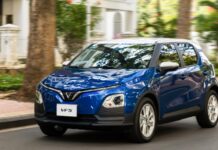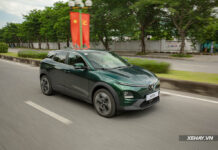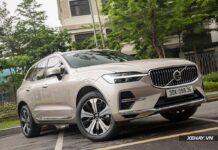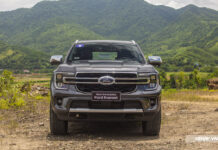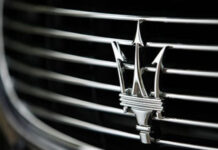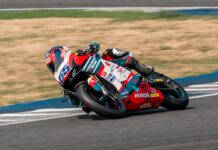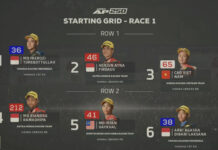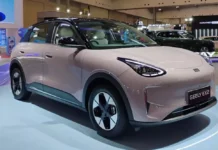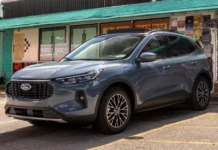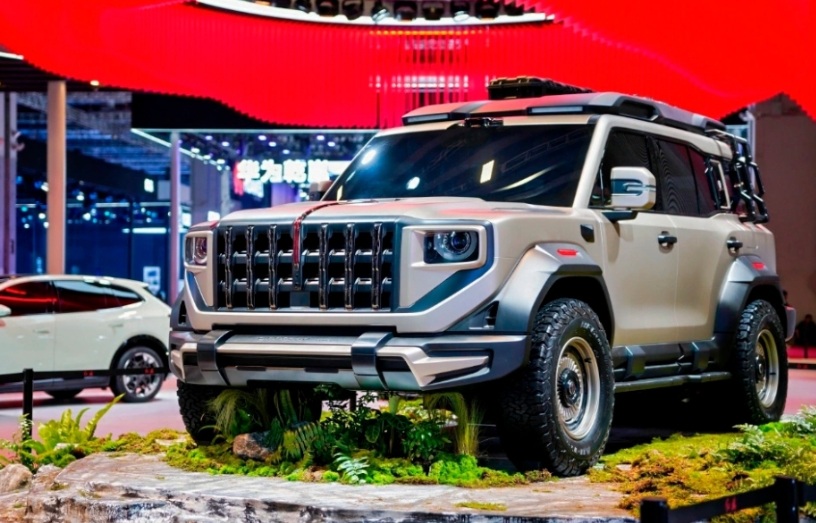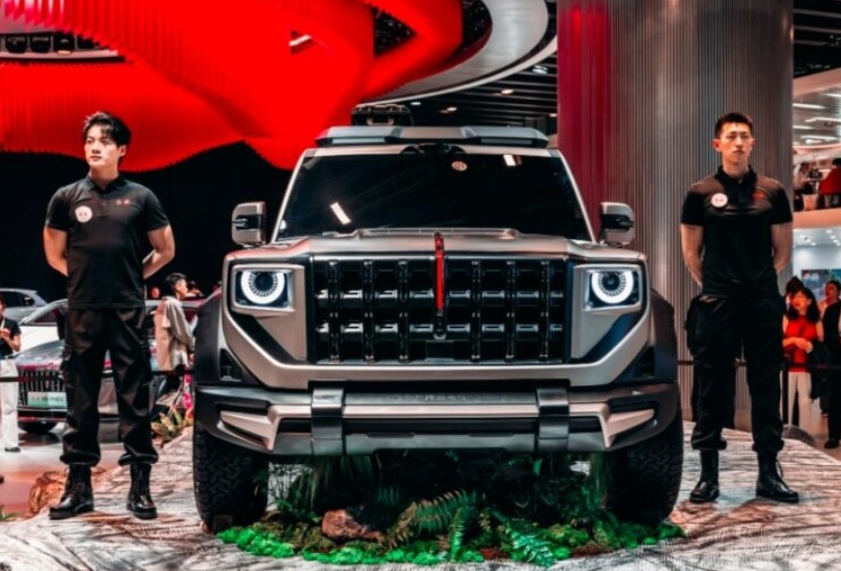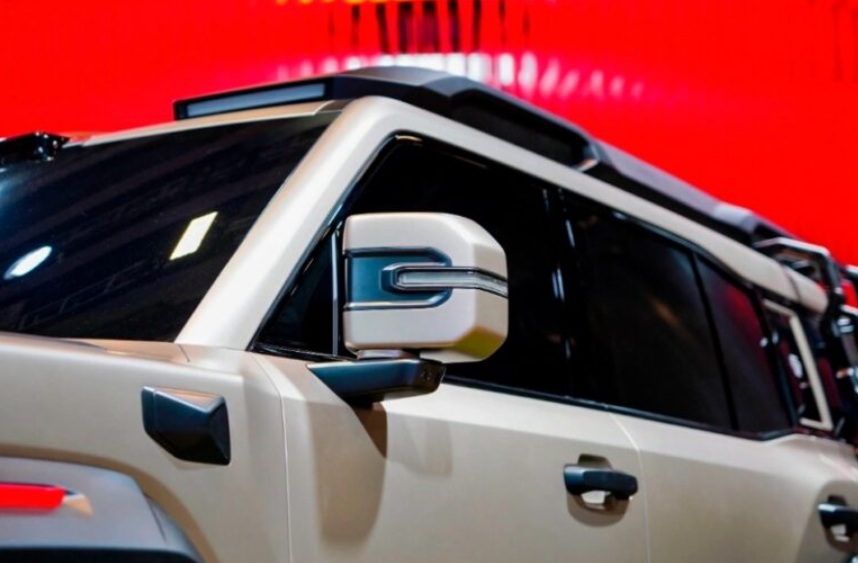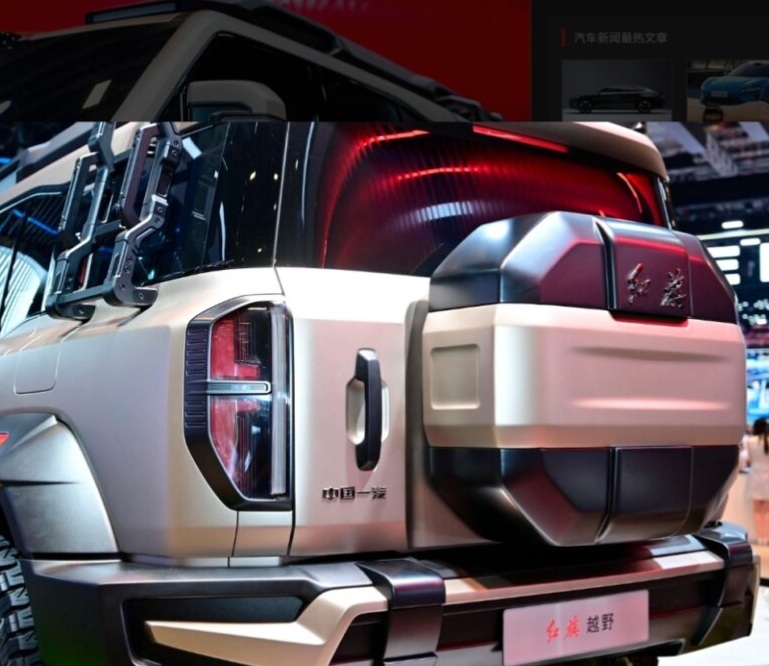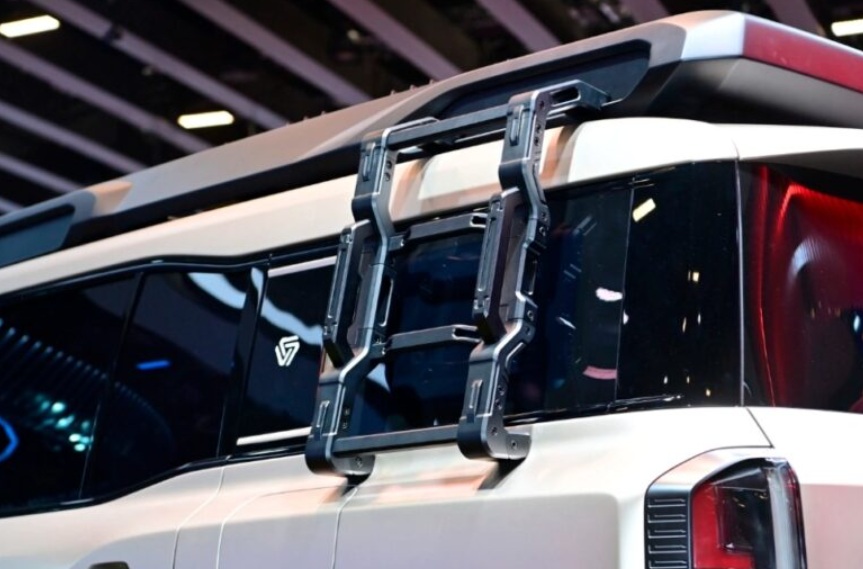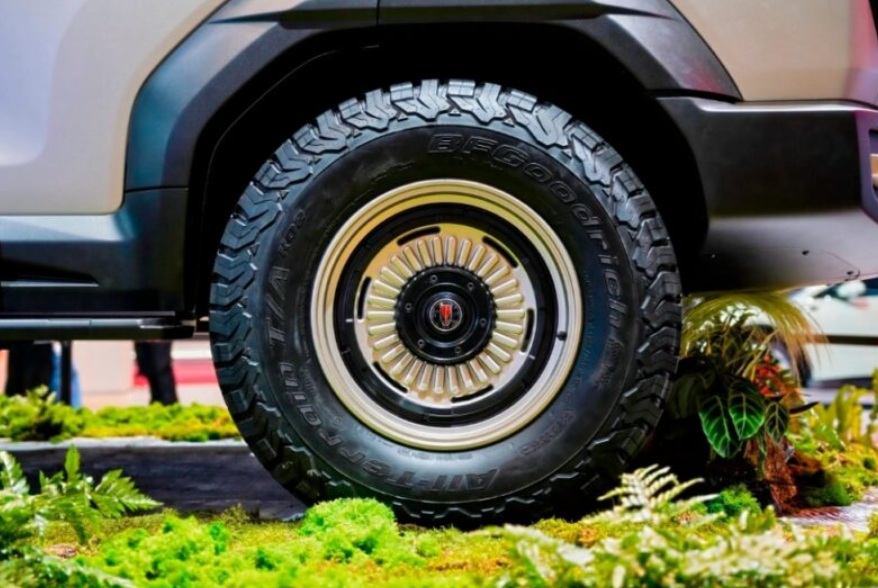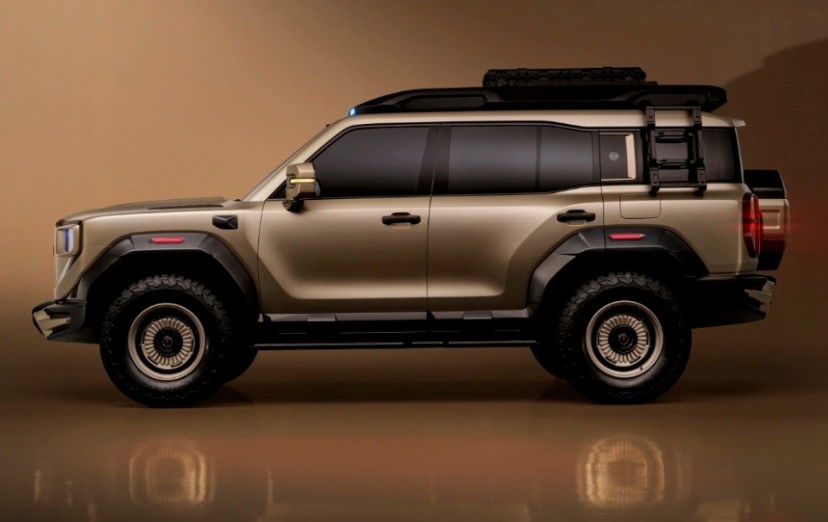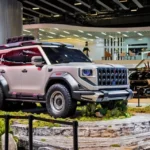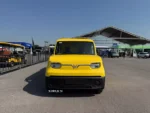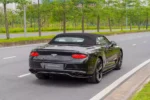At the 2025 Shanghai Auto Show, luxury automaker Hongqi unveiled its first new-energy off-road SUV, marking a strategic move into the premium SUV segment in China.
Alongside the debut, Hongqi also launched a global naming campaign for the new model. The winner will receive a free car when the product is officially launched in the market.
The SUV seamlessly blends traditional aesthetics with modern technology. Its exterior design draws inspiration from the “mộng-tenon” technique in ancient Chinese architecture, a traditional wood-joining method that does not use nails or glue. The exterior lines are meticulously crafted, showcasing a seamless and precise appearance.
The front of the vehicle features a geometric grille, accompanied by classic round headlights on both sides and Hongqi’s signature red light strip. A lidar is mounted on the roof, along with cameras in the front wheel arch, indicating advanced autonomous driving capabilities.
At the rear, Hongqi’s new SUV retains the traditional off-road vehicle characteristics: a spare tire mounted on the rear door, which opens sideways, and vertical taillights.
The square body design, combined with a two-tone sand-black paint job, side steps, roof racks, side ladders, and large wheel arch liners, enhances the vehicle’s robust appearance and readiness for rugged terrain.
The Hongqi SUV is powered by four electric motors, with performance details yet to be announced. However, the brand claims that the vehicle will accelerate from 0-100 km/h in just 4 seconds.
Equipped with three differential locks, the SUV promises exceptional off-road performance and agility. More information about the powertrain will be revealed by the manufacturer in the future.
Hongqi’s entry into the electric off-road vehicle segment reflects a clear trend in the Chinese market, with an increasing number of domestic brands investing in this category.
According to statistics, from 2021 to the present, the sales volume of medium and high-end off-road vehicles in China has grown at an average rate of more than 30% per year. Notably, in the past two years, PHEV and EREV powertrains have become the dominant choices in this segment.
TH (Tuoitrethudo)

